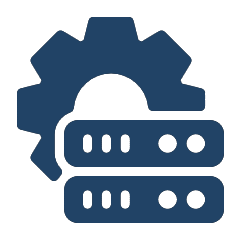Our Approach
The combination of modern managed databases, data lakes, purpose-built data stores, analytics, and machine learning solutions on AWS empower customers to process data faster and make more informed decisions. The flexibility of AWS frameworks enables organizations to use data to reinvent their business, while reducing operational costs.
Our approach to Data and Analytics encompasses our collective experience and knowledge of the financial services industry as well as AWS best practices. When we approach your data problems, we take detailed steps to examine your current situation to mold our methodologies to your organizational needs. Our data solutions are designed from the ground up to ensure your organization spends less time constructing engineering solutions, and more time driving insights. Every step of the way we apply procedures to protect your data, enhance automation, and build infrastructure with longevity in mind. While every organization we work with is unique and presents its own business challenges to solve, a commonality between most of our clients is the requirement on how to organize data to help drive business decisions. We commonly hear similar questions in the space such as

- How can we deliver a clear ROI without taking years?
- How do we get started without a large initial investment?
- How can the data platform scale to meet additional business needs in later phases?
- Can I add new data types and data sources that I don’t have today?
- What types of analytics are possible? What insights can I gain across the enterprise?
- How can I ensure that my data is compliant? Is there a way to visualize compliance?
- How can I maintain control over my data, yet still shared to different stakeholders within the business without the risk of exposing PII?
- How can I manage the exponentially growing amounts of data my organization receives and generates?
- How do I consolidate various data streams off of existing infrastructure?
- What does the data governance process look like within a Data Lake?
- How can I assess the current quality of my data? How can I enhance the quality of my data?
- How do I catalog and label my data?
- I see organizations that are starting to monetize their data, how is that something I could leverage AWS to do?




